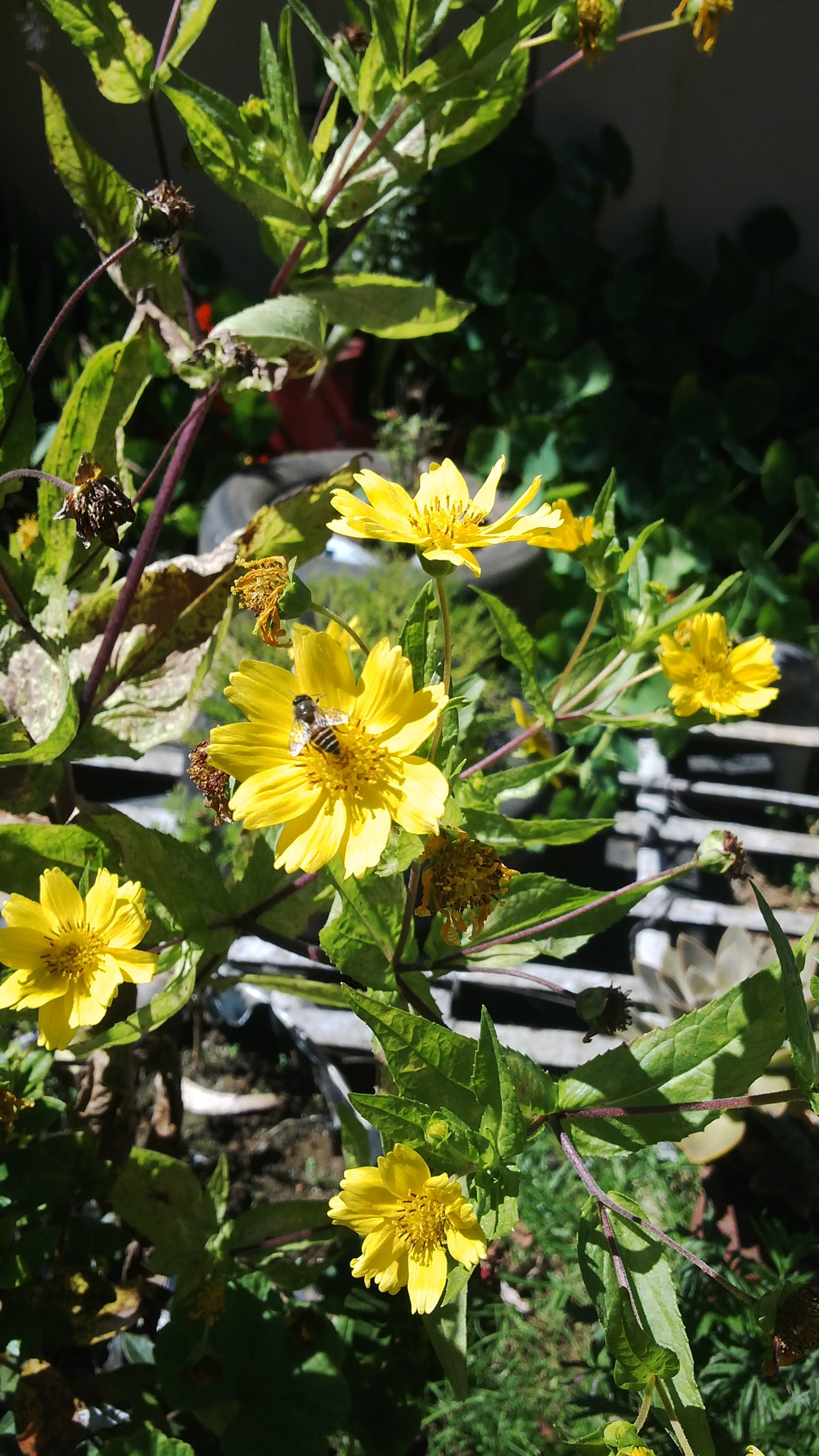
Pollination is the process of transfer of pollen from the anthers (male part) of a flower to the stigma (female part) of the flower through which fertilization is achieved. Pollination is a vital step in reproduction of flowering plants to obtain viable seeds.
Methods of Pollination
Self Pollination: The transfer of pollen from the anther to stigma of the same flower or same plant is self pollination.
Cross Pollination: The transfer of pollen from the anther of one plant to the stigma of another plant of same species through natural agents, is called cross pollination.
The transfer of pollen between anther and stigma is accomplished by various agents. These agents could be living organisms (bees and butterflies) or natural agents (wind and water). Living organisms are the more numerous of pollinators and honey bees (social and solitary), wasps, flies, moths, butterfly, birds, bats and animals are the most common agents of pollination. Other pollination agents such as wind and water also contribute to cross pollination.
Living agents cause pollination to take place during the collection of nectar or pollen as food. The aim of the animals is not to facilitate pollination, but to derive nutrition. Pollination takes place as a happy side effect of their foraging. Almost 80% of food crops, medicinal plants, commercial and fuel plants and fodder plants require pollination to propagate their species. Without pollinators, these plant species would not be able to produce viable seeds and hence would be go extinct. Once the plant dies out, all organisms that are dependent on that plant species would suffer as well.
Artificial Pollination: Also called mechanical or hand pollination is practiced by farmers to increase fruit setting in crops such as apple, vanilla and sunflower.
Pollinators provide an essential ecosystem service. Indeed, approximately 80% of all flowering plant species are pollinated by animals, including vertebrates and mammals – but the main pollinators are insects. Pollinators such as bees, birds and bats affect 35% of the world’s crop production, increasing outputs of 87 of the leading food crops worldwide, as well as many plant-derived medicines. Pollination is critical for food production and human livelihoods, and directly links wild ecosystems with agricultural production systems. In medium elevation wet evergreen forest of the Western Ghats, Apis bees contributed to the pollination of 18% of 86 species of trees, and 22% of the understory shrubs (Devy & Davidar 2003, 2006).